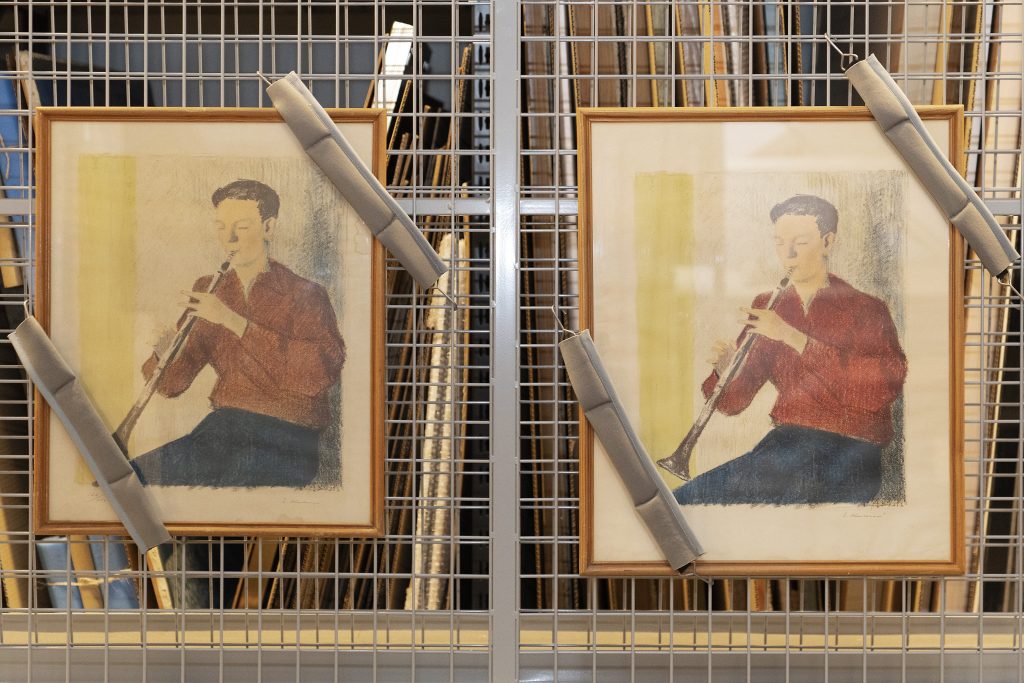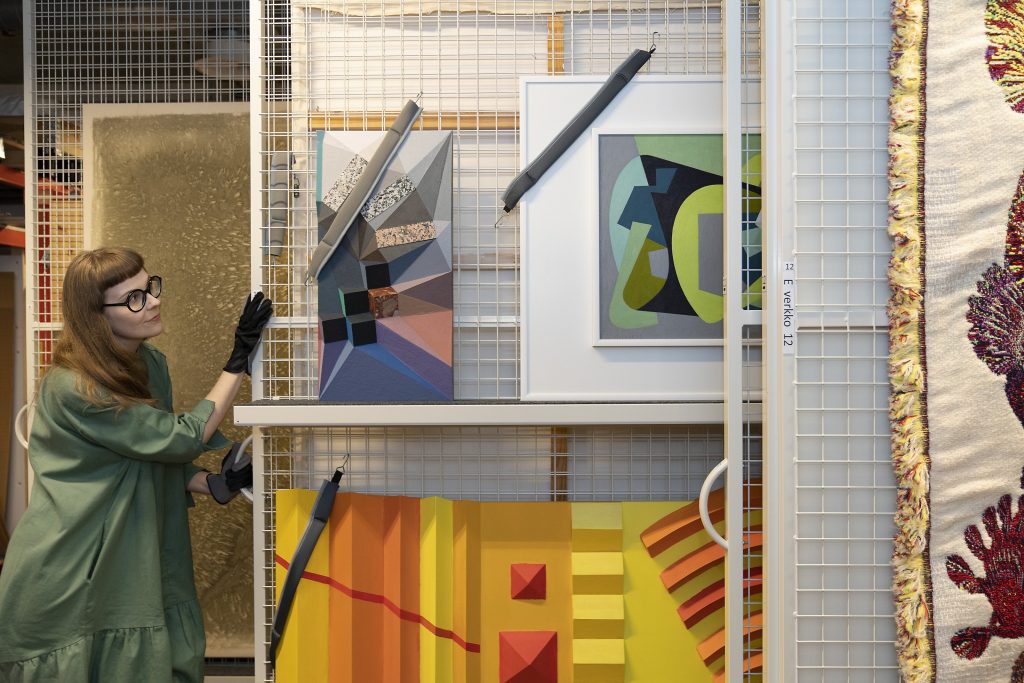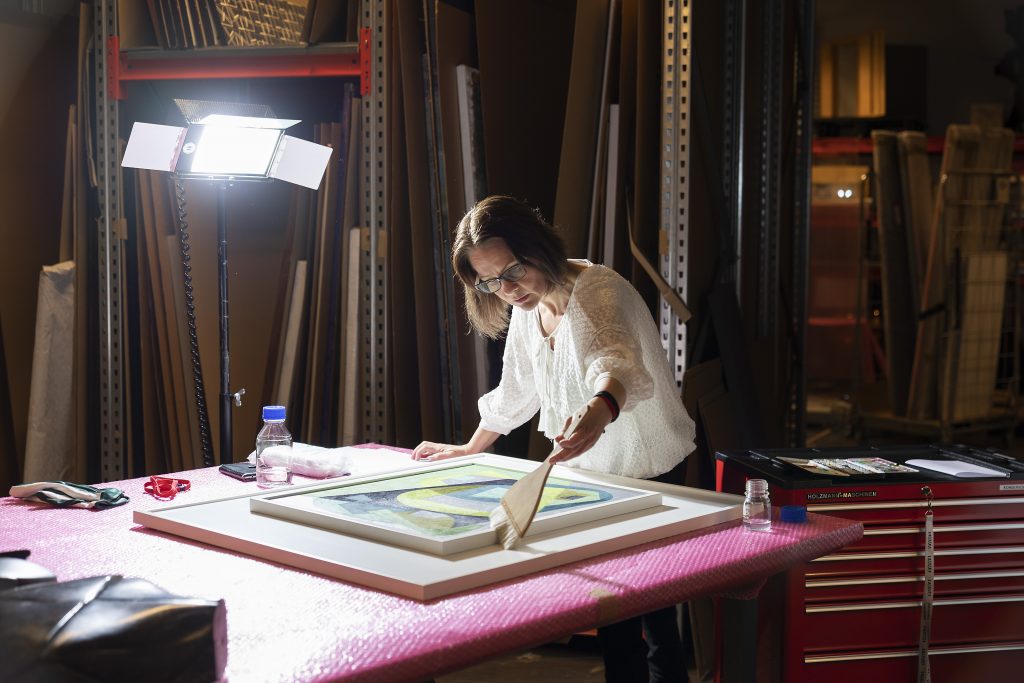Espoo Museum of Modern Art
Office like an art gallery


EMMA Collection is a growing group of artworks covering nearly 3,000 pieces managed by the museum. About a third of the works are on display at the premises of the City of Espoo. In addition to the streetscape, the works have been spread to public offices, healthcare facilities, schools and daycare centres. These so-called long-term loans of artworks are almost permanent and often end only if the loaner moves or the life cycle of the work comes to an end.
The history of long-term loans dates back to a time before EMMA and the City of Espoo. Back when Espoo was still a municipality and market town, art was purchased by institutions such as the Folk School Board and the Culture Committee’s visual arts department. Art was purchased for the people of Espoo. This group of works that has evolved from the 1950s works as the foundation for EMMA Collection.

At least six identical Clarinet Player lithographies (Klarinetinsoittaja) by Erkki Kulovesi have been included in the City of Espoo’s art collection. The works have likely been purchased by the Folk School Board in 1957. Folk schools in the Municipality of Espoo could select one work to their liking per each one hundred students from graphics magazines. The latest work to visit EMMA for conservation is the Clarinet Player, which was located at the Tuomarila school for decades.
A long-term loan of an artwork is a miniature exhibition of sorts. The selection of works is influenced by several factors, and the final decision is made by the museum’s curator. The loaner, such as a healthcare or daycare centre, may present requests on the content and thus influence the selection on works.
The loan process includes several stages. At first, the curator will acquaint themselves with the premises of the loan location. The circumstances will not be similar to those at the museum, which must be considered when making decisions on the pieces. For instance, direct sunlight is harmful to most works, and the works cannot be located too close to a dining area or doorways of halls: coffee stains or contact with door handles are not good for the works. The same rules apply to loaned items as to those on display at museum premises. Well-preserved art is passed on to future generations in a state the artist has intended it.

In addition to consulting a digital collection database before the placement, the works are visited at the storage in order to map out their size, colours and condition.
After discerning the space, the curator will compile a carefully considered group of works from the available works in the collection. The museum conservator will review the condition of the selected works and take the necessary steps for conservation. This refers to, for example, the cleansing process of the artwork or repairing any damages to the work. The conservator is in charge of ensuring that the work is kept as close as possible to its original state. This is why they are also the ones to provide instructions for protecting the work. The painting may, for example, be framed for the safety of the work, and a solid pedestal may be built for a sculpture.

The need for conservation is defined in accordance with the condition of the work. The photo displays a basic conservation measure, surface cleaning, being carried out. This means the removal of the dust and dirt that has gathered on the coat of paint.
Once the works are ready for relocation, the museum caretakers will pack the works safely for delivery. As professionals in handling art, they will also see to the hanging of the works. Finally, artwork labels will be placed in connection to the pieces, revealing the artist, name of the work and year of completion for interested visitors.

Museum caretakers hang the works at a safe, but pleasant height that is pleasing to the viewer. Andamento, 1955 by Birger Carlstedt is being hung in the photo.
Once the long-term loan ends, the above-mentioned process will be carried out from start to finish, and the work will be moved to the storage to wait for its next display. Find out how a painting that spent years at a Matinkylä school ended up on the wall of the Mayor of the City of Espoo.


